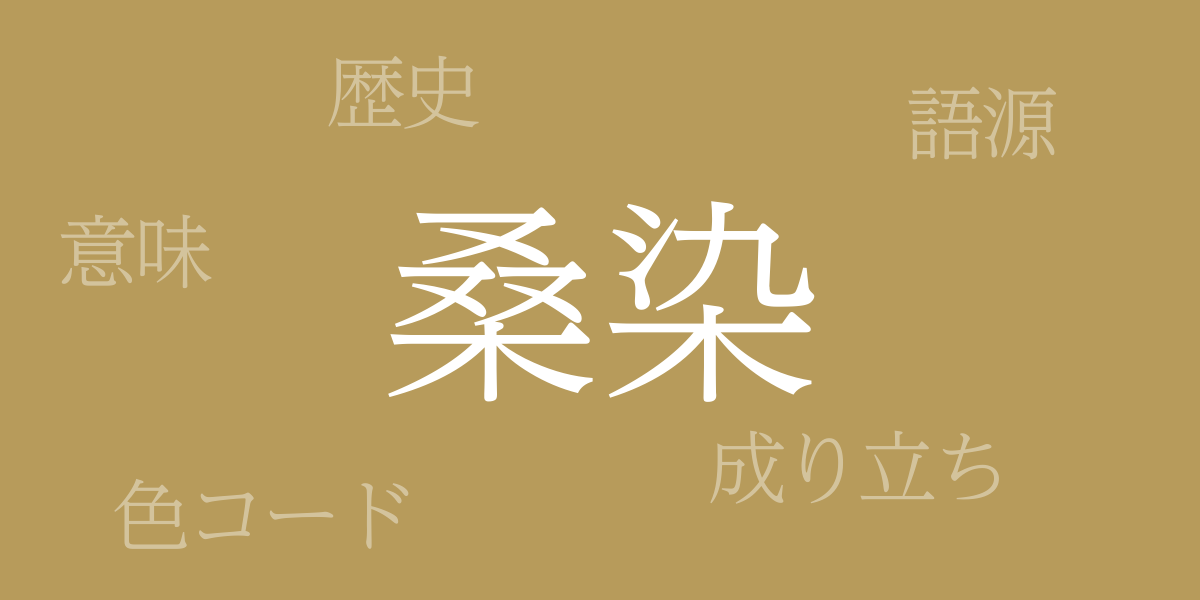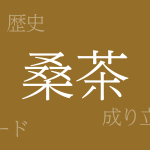The Japanese traditional color “Kuwazome” (桑染 – くわぞめ) continues to captivate many with its unique depth and calm hues. This color is produced using ancient Japanese dyeing techniques with natural dyes, making it a vital element symbolizing Japanese culture. This article explores the allure of Kuwazome, detailing everything from its color codes to its Western names.
About Kuwazome (桑染 – くわぞめ)
Kuwazome (桑染 – くわぞめ) is a traditional Japanese dyeing method that uses dyes extracted from the roots and branches of the mulberry tree. This dyeing technique is known for its unique astringency and depth, with a calm hue that is often used in kimonos and Japanese crafts. Kuwazome is prized for its natural texture and the deepening of its color with age, receiving high acclaim.
The History of Kuwazome
Kuwazome dates back to the Nara period and has been a part of Japanese history since. Fibers dyed with mulberry have been found in tombs from the Kofun period. During the Heian period, nobles favored clothes dyed with Kuwazome, and in the Muromachi period, it spread among samurai. By the Edo period, it had become popular among the common people, and Kuwazome-dyed kimonos became highly fashionable. Today, Kuwazome continues to uphold its tradition while blending with new dyeing techniques to be incorporated into diverse fashion and interior designs.
Color Codes for Kuwazome
In the realms of digital and web design, accurate color codes are essential to replicate Kuwazome. Below are the common color codes representing Kuwazome:
- HEX: #B79B5B
- RGB: R:183 G:155 B:91
- CMYK: C:35 M:41 Y:71 K:0
Western Name for Kuwazome
The Western name for Kuwazome is “Mulberry”, derived from the mulberry tree. The Mulberry color is also used in international fashion and interior design contexts, and its sophisticated hue is cherished by designers and artists worldwide.
Conclusion on Kuwazome
Kuwazome, with its long history, remains beloved in modern times for its enduring beauty, utilized across a wide range of fields from traditional kimonos to cutting-edge design. Knowing the color codes for Kuwazome allows its beauty to be expressed in the digital world as well. The color of Kuwazome, which evokes a part of Japanese culture, will continue to communicate its value worldwide.

























